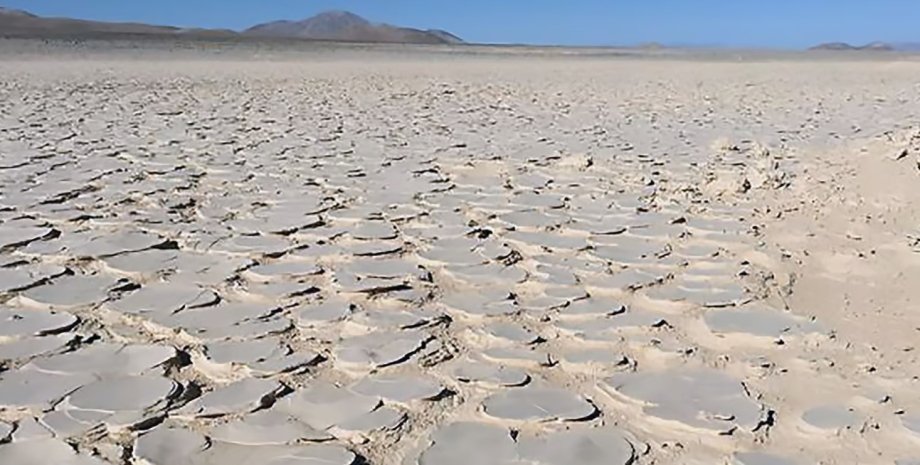
But there are various bacteria in the soils of the desert. In a new study, scientists have decided to go further and see what organisms can live at a depth of more than a meter below the surface. In focus. Technology has appeared its Telegram channel. Subscribe not to miss the latest and most intrusive news from the world of science! Excavations behaved in the Uungai Valley - one of the most drying places of the hyper -drying nucleus of the desert.
It is a place called Playa - these are dried swimming pools where the lakes once were. The place was chosen because usually minerals such as gypsum and anhydrite lie close to the surface, within 50 cm. But in Playa, minerals are located at a depth of about 2 m. Gypsum contains water and anhydrite is not. Instead, anhydrite turns into plaster under the influence of water. During excavations at a depth of 4.
2 m, researchers found salt clusters of gypsum, anhydrite and halites known as stone salt, as well as cations (sodium, calcium) and anions (sulfate, nitrate, chloride). "The upper part of the breed to a depth of 184 cm consisted mainly of silt deposits with periodic thin layers of sand , - the authors of the study say. Scientists have used the analysis of DNA invertebrates (IDNA) to understand who lives under the desert surface.
Sequent genes have found a large number of microbial communities in different layers. The largest amount of DNA belonged to bacteria, of which 0. 5% were unicellular archaea, which were similar to bacteria but evolved separately. Archaea is a group of organisms that stand between bacteria and eukaryotes, or organisms whose DNA-containing cells contain a separate nucleus.
Among this, three bacterial groups (phyiles) were dominated, 90% of genetic sequences (Actinobacteria), Firmicutes and Proteobacteria (Proteobacteria) were dominated by 90% of genetic sequences: actinobacteria (actinobacteria). According to scientists, alluvial deposits at a depth of 4. 2 m are 3. 8 million years old. This means that the found community of actinobacteria could colonize the soil in the early period before being buried under Playa deposits.
Researchers suggest that previously unknown deep biosphere continues to fall down, leaving the haze drying soils of the desert. The surprise was that a large number of germs were found at a depth below 200 cm. Scientists suggested that at such a depth the microbial diversity would be smaller, which was not so. The fact is that gypsum supports microbial communities in the Atacama Desert. Therefore, deeper plaster deposits played a crucial role in microbial diversity, providing water for organisms.










All rights reserved IN-Ukraine.info - 2022